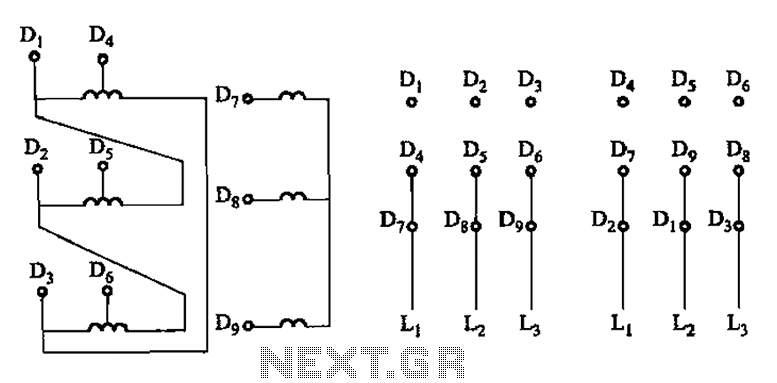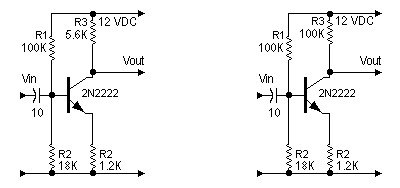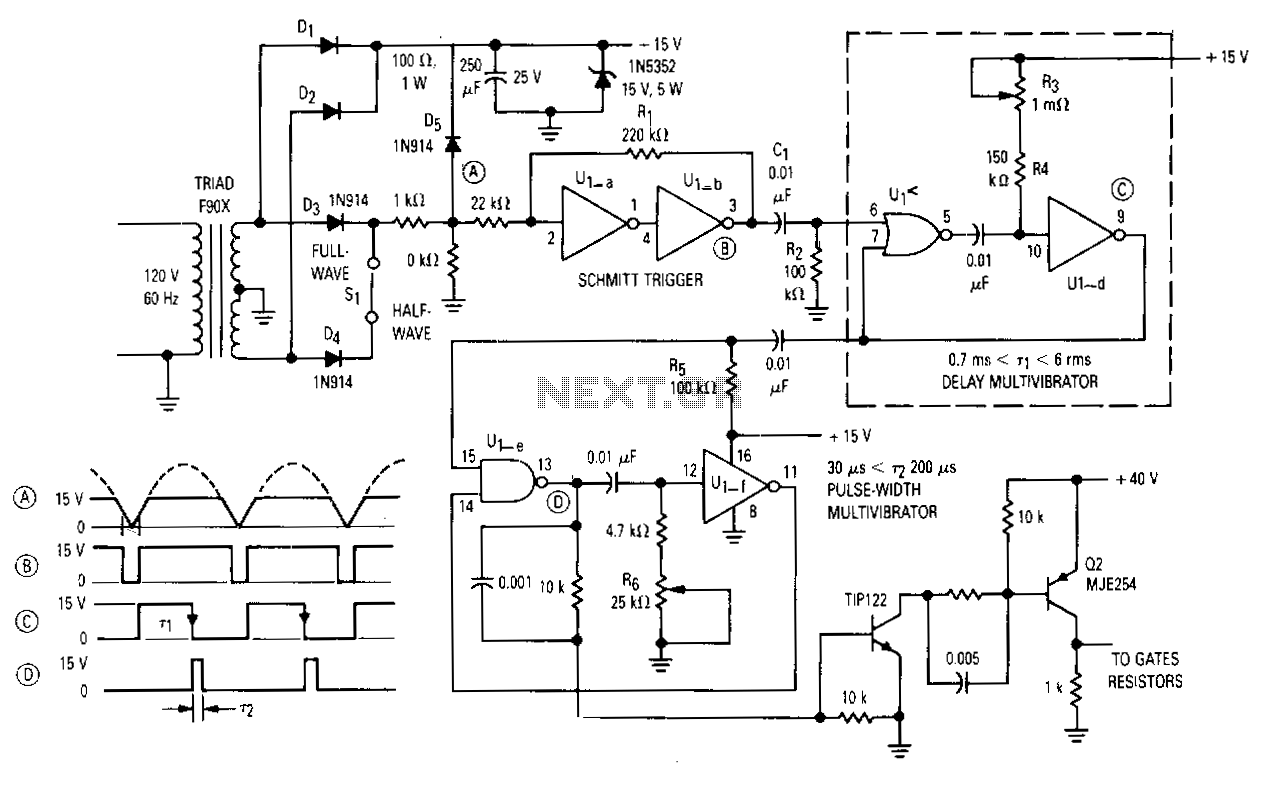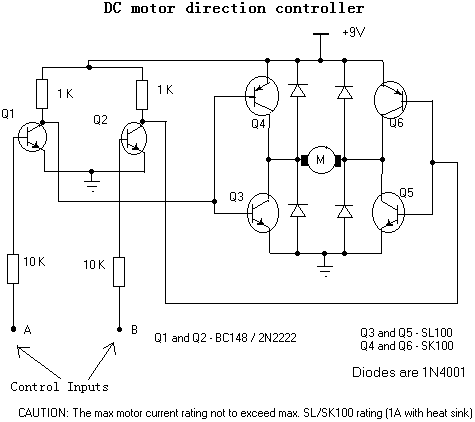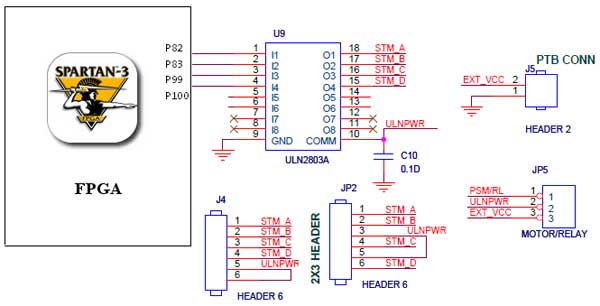
74*245-based motor driver
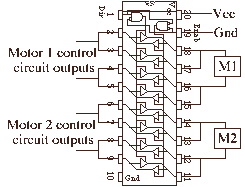
A simple, time-honored approach is to use one or more 74AC245 chips (normally the 74AC245 is used for maximum current capability) to provide motor drive current. Here, each channel of drive power is provided by one or more buffer on the chip. One of these chips can provide 8 individual drives, at up to 35 mA per channel (at least, this is the official number -- read on, and you’ll see you can get a bit more out of this chip...). If you need more current than one driver can provide, you can...
The 74AC245 is an octal bus transceiver with 3-state outputs, designed for asynchronous data transmission between two busses. In applications requiring motor drive current, the 74AC245 can be effectively utilized as a buffer or driver circuit. It is capable of driving up to 8 outputs simultaneously, each rated for a maximum current of 35 mA, which can be increased under certain conditions, depending on thermal management and PCB layout.
In typical configurations, the device operates with a supply voltage ranging from 4.5V to 5.5V, ensuring compatibility with standard logic levels. The chip features active-low output enable pins (OE), allowing for control over the output states. When OE is low, the outputs are enabled and can provide drive current to motors or other loads; when OE is high, the outputs are in a high-impedance state, effectively disconnecting them from the load.
To utilize the 74AC245 for motor control, it is recommended to configure the outputs in a way that they can drive transistors or MOSFETs, which in turn can handle higher currents required by the motors. This method allows for the implementation of PWM (Pulse Width Modulation) control, enhancing the efficiency and responsiveness of motor speed control.
For applications requiring more than 35 mA per channel, multiple 74AC245 chips can be paralleled, ensuring that the total current is distributed among them. Proper thermal management techniques, such as heat sinking and adequate PCB copper area, should be employed to prevent overheating during extended operation.
In summary, the 74AC245 is a versatile component for driving motors in various applications, offering flexibility in configuration and the ability to handle multiple outputs efficiently. Its integration into motor drive circuits can significantly improve performance while maintaining a compact design.A simple, time-honored approach is to use one or more 74*245 chips (normally the 74AC245 is used for maximum current capability) to provide motor drive current. Here, each channel of drive power is provided by one or more buffer on the chip. One of these chips can provide 8 individual drives, at up to 35 mA per channel (at least, this is the official number -- read on, and you`ll see you can get a bit more out of this chip...). If you need more current than one driver can provide, you ca 🔗 External reference
The 74AC245 is an octal bus transceiver with 3-state outputs, designed for asynchronous data transmission between two busses. In applications requiring motor drive current, the 74AC245 can be effectively utilized as a buffer or driver circuit. It is capable of driving up to 8 outputs simultaneously, each rated for a maximum current of 35 mA, which can be increased under certain conditions, depending on thermal management and PCB layout.
In typical configurations, the device operates with a supply voltage ranging from 4.5V to 5.5V, ensuring compatibility with standard logic levels. The chip features active-low output enable pins (OE), allowing for control over the output states. When OE is low, the outputs are enabled and can provide drive current to motors or other loads; when OE is high, the outputs are in a high-impedance state, effectively disconnecting them from the load.
To utilize the 74AC245 for motor control, it is recommended to configure the outputs in a way that they can drive transistors or MOSFETs, which in turn can handle higher currents required by the motors. This method allows for the implementation of PWM (Pulse Width Modulation) control, enhancing the efficiency and responsiveness of motor speed control.
For applications requiring more than 35 mA per channel, multiple 74AC245 chips can be paralleled, ensuring that the total current is distributed among them. Proper thermal management techniques, such as heat sinking and adequate PCB copper area, should be employed to prevent overheating during extended operation.
In summary, the 74AC245 is a versatile component for driving motors in various applications, offering flexibility in configuration and the ability to handle multiple outputs efficiently. Its integration into motor drive circuits can significantly improve performance while maintaining a compact design.A simple, time-honored approach is to use one or more 74*245 chips (normally the 74AC245 is used for maximum current capability) to provide motor drive current. Here, each channel of drive power is provided by one or more buffer on the chip. One of these chips can provide 8 individual drives, at up to 35 mA per channel (at least, this is the official number -- read on, and you`ll see you can get a bit more out of this chip...). If you need more current than one driver can provide, you ca 🔗 External reference
